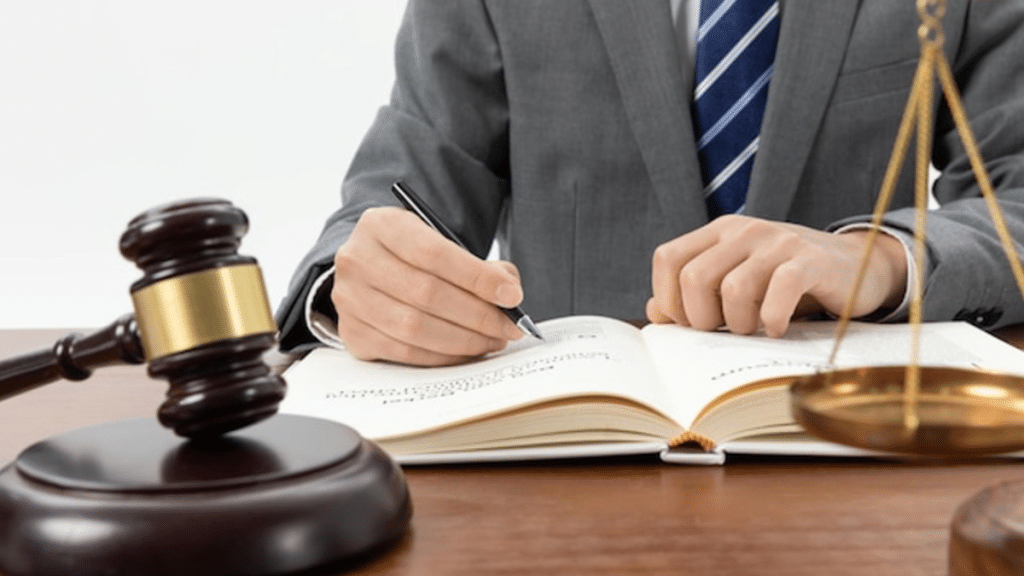If you drive in Texas, then you know just how important it is to understand the rules that apply to your license plates. While this may seem like a minor detail, failing to follow Texas license plate laws can lead to fines, tickets, or other legal repercussions.
In this piece, we will discuss the main rules every Texas driver should know before hitting the road.
General License Plate Requirements
In Texas, vehicles are required to have two license plates: one in the front and another one on the back. This rule applies to cars, SUVs, trucks, or any vehicle that has a placement for a front number plate. Trying to find a Texas front license plate loophole will only land you in trouble.
According to Texas regulations, a license plate should be placed at the front part of the vehicle, where the bumper is allocated for a license plate. However, there are some exceptions. Trailers, semitrailers, motorcycles, and travel trailers are required to only have the rear plate.
Visibility Requirements
License plates in Texas should be clearly visible and in good condition. If your plate is bent, faded, or damaged, it is best to replace it.
The rear plates should be legible at a distance of 50 feet. If this is not the case, then you are in violation of the statute according to the Transportation Code Section 547.322.
Also, the plates should be illuminated with a working white light. That makes it easy for law enforcement to be able to read your plate easily. Having a broken light can get you pulled over.
Proper Placement
According to the Texas Administrative Code Section 217.27, all plates should be displayed in a horizontal position not less than 12 inches from the ground. The license plate should be placed very clean and free from coverings. Things like tinted covers, plastic shields, or sprays that interfere with visibility are illegal.
You can use plate holders and frames in Texas, but they must follow the guidelines. Frames that cause any part of the license plate to be obscured, such as the state name or any alphanumeric number, are considered illegal. This rule goes hand in hand with visibility.
Specialty and Personalized Plates
Texas offers a wide range of specialty plates for the following:
- Universities
- Military veterans
- Non-profit organizations such as charities
- Service based organizations
You can also order personalized plates, but there are rules. You can’t use offensive language or try to make the plate look like it belongs to the government or law enforcement.
Anyone who needs a specialized or custom plate must apply through the Texas Department of Motor Vehicles (TxDMV). These plates still follow the same rules when it comes to placement and visibility.
Registration Stickers
Currently, Texas registration stickers are put on the windshield. This should be on the inside of the windscreen, typically on the lower left, to avoid distracting the driver.
If your vehicle doesn’t have a windscreen, then it is your responsibility to notify the department during renewal or registration. You will then be issued a distinctive device that you can attach to the rear license plate.
This sticker shows that your registration is current and your vehicle passed the required inspections. However, as of 1st January 2025, Texas removed annual safety inspections for noncommercial vehicles according to House Bill 3297, that was passed back in 2023. However, emission tests are still required in some countries.
Conclusion
The license plate laws in Texas may seem a little strict, but it is important to follow them to avoid any violation. If your plates are lost or stolen, report it to the police and request a replacement through the TxMDV.
